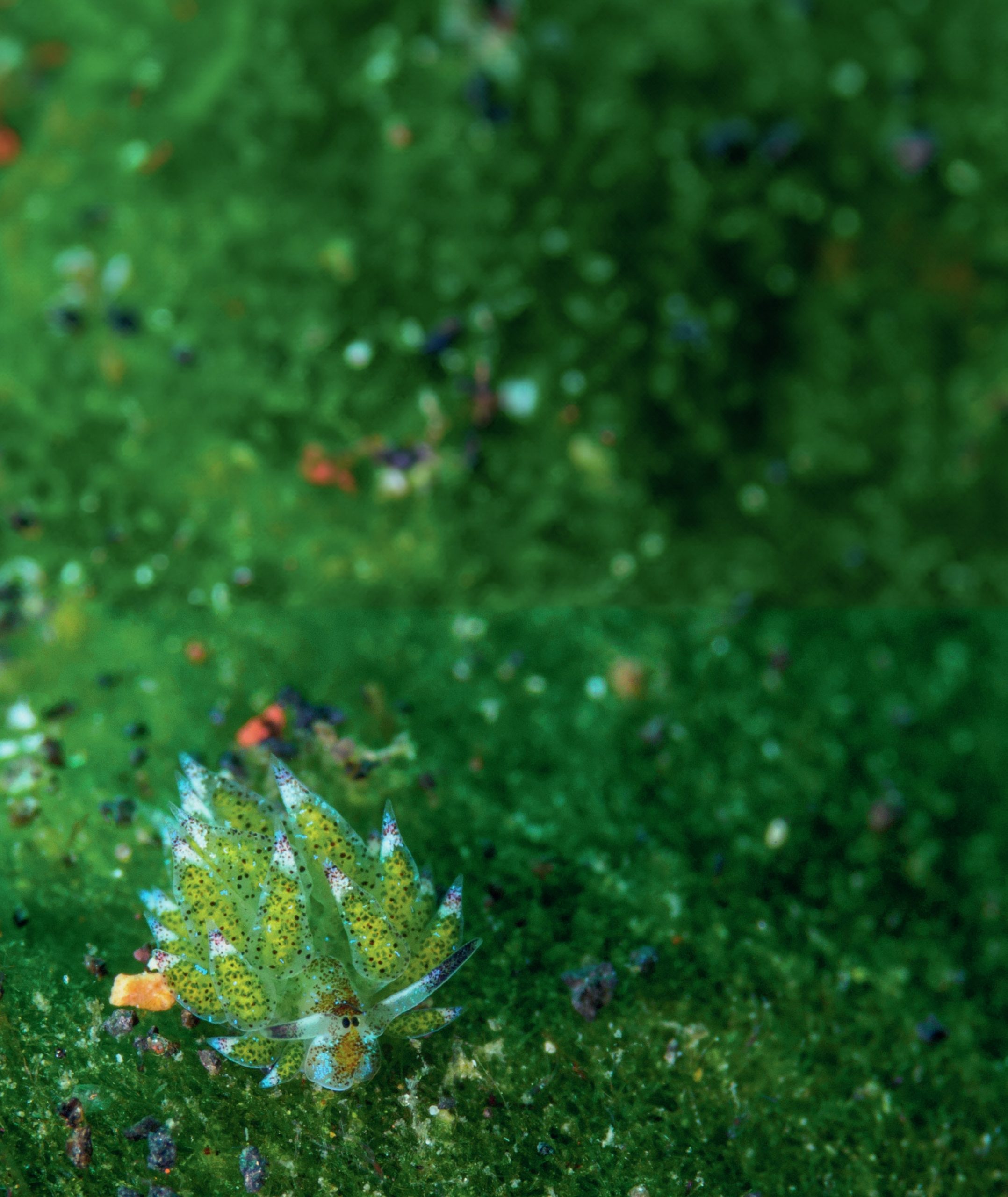
First discovered in 1993, Costasiella kuroshimae, affectionately nicknamed the ‘leaf sheep’, is one of many sacoglossan ‘solar-powered’ sea slugs. This species is native to tropical Indo-Pacific waters, and grows to about 5–10 mm in length, looking like a miniature, crawling succulent plant.
Leaf sheep live their whole lives on beds of green algae of the genus Avrainvillea. They use a specialised radula (essentially a tongue studded with teeth), which is able to pierce the algal cells and remove the cell contents. They then digest the contents, except for the chloroplasts, which remain intact for an extended period and are stored in specialised appendages (cerata) on their backs. This process (‘kleptoplasty’ or plastid-stealing) is what allows the leaf sheep to appear so leaf-like.
Your organisation does not have access to this article.
Sign up today to give your students the edge they need to achieve their best grades with subject expertise
Subscribe



